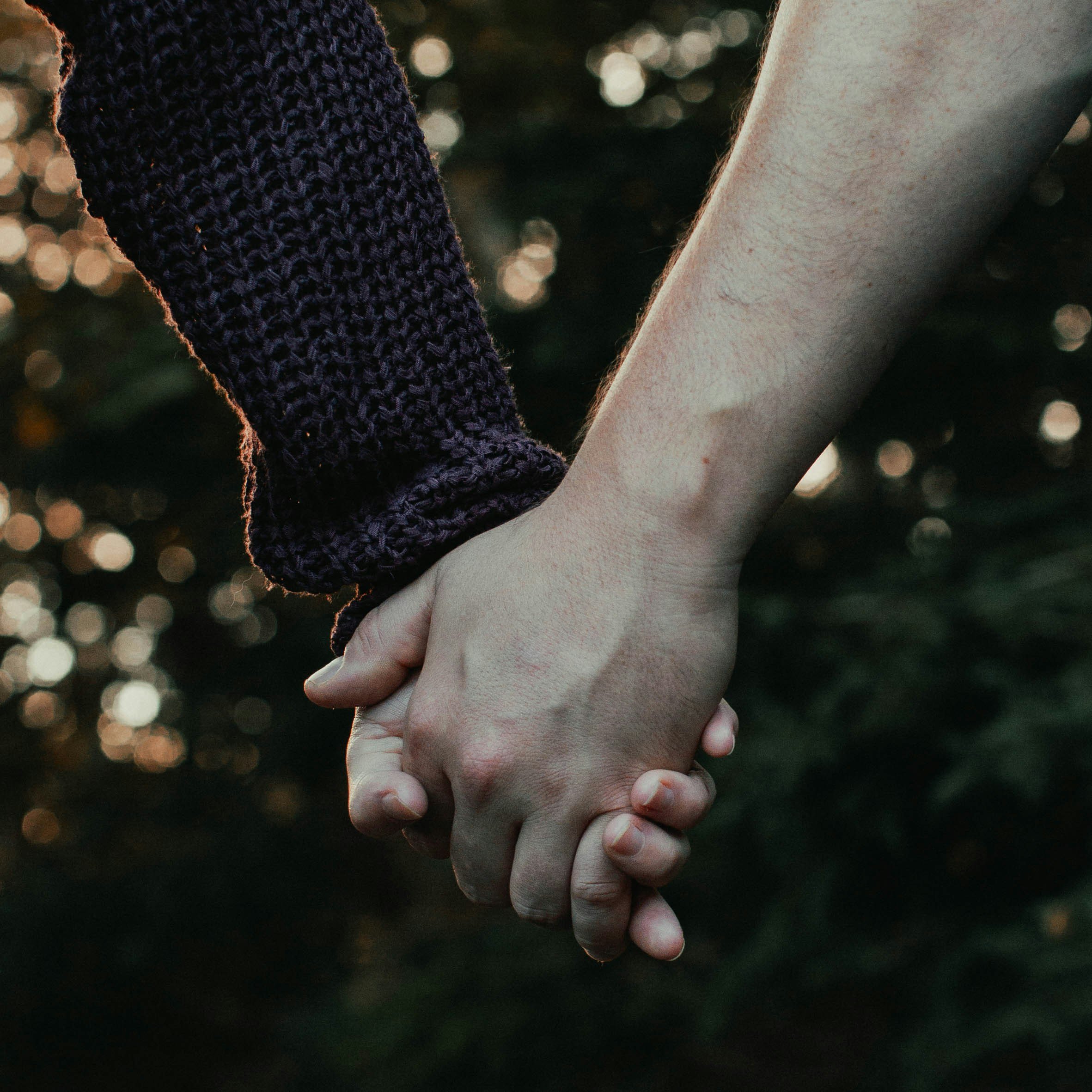Attached
The very first module of my counselling diploma was on the theory of attachment. This wasn’t a theory that was completely new to me as I’d already read books on adult attachment, but out of all the modalities and theories we studied that year, it was the one that really piqued my interest. How something as simple as how we were able to attune with our primary caregivers during childhood set the blueprint for how we relate to ourselves, and the world around us, really struck something at the core of me and lead me to want to understand it more.
This is a huge topic, so for the sake of easy reading I will aim to keep this exploration short and sweet, but please do stick with me because understanding attachment theory is the key to understanding all of our relationships.
Attachment theory, initially created by John Bowlby and later developed by Mary Ainsworth, and subsequently many others, is the theory that all humans are born inherently wired for connection and seeking safety from primary caregivers. Bowlby theorised that this biological wiring to form attachments is what keeps us safe and secure in the early years of life. A secure attachment bond would ensure survival, whilst insecure attachment and misattunement would lead to distress and shut down, forming the basis for early developmental trauma. Now here’s the thing; a lot of this was taking place before our hippocampus, the part of the brain that can organise experience and formulate explicit memory, was online and so remembering how it was for us in the early days is near on impossible, but the body really does keep the score. All of the experiences that are there in our implicit memory show up unconsciously in our every day behaviours and can be brought to consciousness through practices that help us unlock the unconscious mind. Our explicit memory and ability to organise information in context and sequence made its way online around 12-18 months and fully matured around the age of three so, from this point onwards, we’re likely to have a pretty good idea of what childhood was like for us.
Now before I go any further, I invite you to hold these two thoughts in mind: 1) we all have an innate capacity to heal, and 2) no matter what happened to us when we were younger, we can still learn secure attachment.
What follows is a really brief explanation of the different attachment styles. What is important to understand is that we can be a mixture of any combination of these styles, and the attachments we have will be different in various relationships. This explains why a mother can have contrasting relationships with each of her children, or why someone maybe be avoidantly attached to their father, yet ambivalently attached to their partner.
Secure attachment in childhood
Your parents were present and able to attune to you. They helped you regulate your emotional state, and they were supportive and encouraged your own autonomy.
Secure attachment in adulthood
You feel safe with your partner and love spending time with them. Any ruptures in the relationship are easily repaired, and you are aware of and respectful of one another’s boundaries.
Avoidant attachment in childhood
Your parents weren’t very present with you, or perhaps they were only really present when teaching you something. This means that they were task present but not emotionally present. You may have spent a lot of time alone and/or experienced rejection from your parents.
Avoidant attachment in adulthood (sometimes known as dismissive avoidant)
Self-reliance is super important to you and you have a tendency to minimise the importance of close relationships. Sometimes relationships with animals or things are more preferable to relationships with people, and you may prefer to do a lot of things by yourself.
Ambivalent attachment in childhood
You received inconsistent love and attention from your parents and so you felt that their ability to meet your needs was unreliable. This caused you to become clingy and you had to work harder to try and get your needs met.
Ambivalent attached in adulthood (sometimes known as anxious/preoccupied)
You lose yourself in relationships by putting the needs of your partner first. Setting boundaries or saying no is challenging for you. Receiving love from your partner is difficult because on the one hand you crave intimacy but you don’t really know how to handle it when it’s offered to you.
Disorganised attachment in childhood
This is the most complex of all the attachment styles. Your parents failed to respond to your signals of distress. There may have been hostility and abuse in the household, either between family members or directed towards you. Your source of safety was also your source of fear. Your parents were emotionally unavailable and forming a trustworthy and secure bond was impossible.
Disorganised attachment in adulthood (sometimes known as fearful avoidant)
You yearn to be in a loving relationship but at the same time you’re terrified of being hurt. You have a deep fear of abandonment and you’re not very good at being able to emotionally regulate. You may be suspicious of other people’s intentions and have a hard time trusting.
After reading the above you may have gained some idea of your own attachment patterns and so I would really like to reiterate that we all have an innate capacity to heal, and no matter what happened to us when we were younger, we can still learn secure attachment.
We are incredibly resilient beings and are hardwired for both creating secure attachments with others, and safety within our own systems. We are also relational beings who ultimately heal in relationship with others. If we find any particular aspects of relationships triggering then we are being offered a gift; an insight into our own internal working model/blueprint.
Another key thing to mention, is that in order to create secure attachment we only need that attunement to be online just 30% of the time. That means that those of us who are parents, or in any sort of relationship (platonic and romantic) can breathe a little sigh of relief! As Donald Winnicott said, we just need to be “…good enough.”
If you’ve found this interesting and would like to explore it a little more in depth, including understanding the gifts of each attachment style and learning practices that help to create a sense of secure attachment, then please check out the details for my forthcoming course Rooted here.

